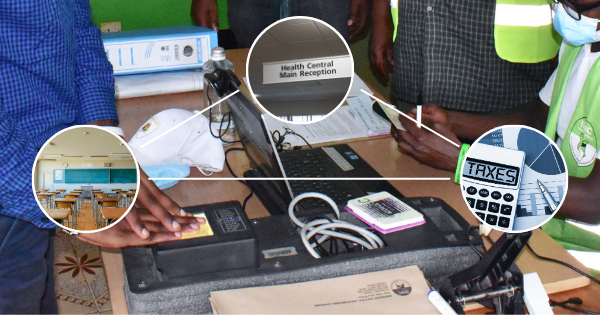By Brian Seroney – Environmental and Climate Scientist
For the longest time, climate change has been about data and science, it still is. But at the heart of it all are people. The buzz words climate change is about the grass root communities and people of the global south who feel the brunt of all the changes – and only stories can help bring the realities of such. Whether it is a farmer whose crops have dried up or youths leading in climate activism, storytelling connects the dots. It makes the crisis personal and creates a sense of urgency for action to be taken. In a world filled with facts and figures, stories help warm up hearts and catalyze minds.

The climate crisis is often told in numbers; temperatures, sea levels, carbon emissions and all comparatives. However, while this is important, it might feel distant and overwhelming for most people and especially communities. The struggle to understand and connect with the climate crisis makes it unrelatable leading to apathy and anxiety. In addition, more focus has been put on the catastrophe and the extreme effects with little showcase of what’s being done to avert the challenges and make a difference. The cycle eventually makes it seem that there’s inaction. The failure to center voices of the youth, indigenous communities and those on the frontlines of change makes it harder for the masses to care and even harder for them to act.
Stories, from time immemorial, have been said to have the power to spark empathy and inspire change through mindset shifts. In the olden days, literature tells us that education and community rites were passed through stories. When youths listen to their peer’s experiences with advocacy and activism or the elderly share on their experiences across the years, the lessons stick. This provides avenues to listen and to be heard. It moves from just spreading awareness to shifting narratives from being hopeless to being hopeful, from being a distant threat to driving urgency. The success stories show what’s possible from country level to global levels. They don’t just become moments, but blueprints for success. Sharing stories of challenges and wins with authenticity helps create ownership of the actions, and not only ownership but also the urgency to fuel action.

Whether through offering platforms, media or sessions for sharing stories, youths need to own and tell that story. It could be through art, videos, social media posts, podcasts or other outlets, but the story has to be out there. Scientists and scholars also need to be enhanced with storytelling skills to be able to share their insights in a way that can be understood and is relevant to the people. The media, I mean all media, needs also to give hope. Not just aimless hope, but hope that the climate crisis has solutions. This brings the shift from fear-only narratives to share resilience and innovation tactics. The stories don’t need to be polished but human and honest. When we share our stories, when we listen to these stories, when we connect to them and act on them, we move from awareness to action together.
Climate change is real, not just stories by scientists. Storytelling brings out the reality in it and makes it solvable. They remind us that behind every challenge, there are humans, and behind the challenges and successes are communities that dared to dream and do. As youth in climate action, we just aren’t inheritors of the climate crisis but shapers of the future. Sharing our voices, struggles and victories isn’t optional but a powerful action point. So, youths and people of the global south, let us tell us tell our stories, let us tell better stories, and through them, let us build a better world.
Join our WhatsApp channel here for inspiring insights on social issues




